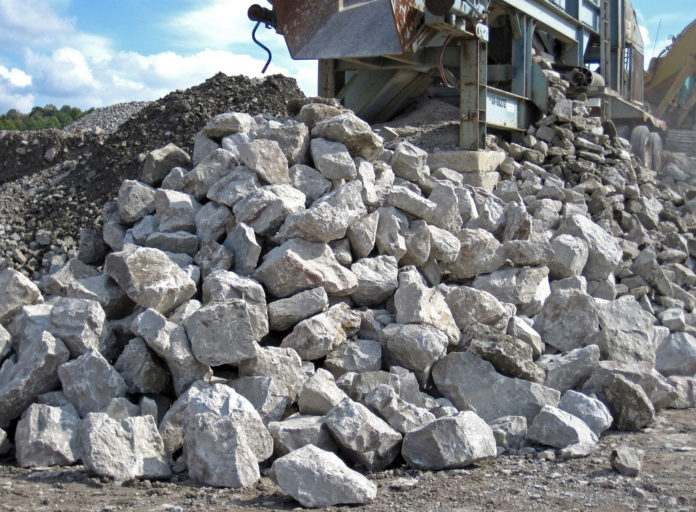
Clark County is growing – we can see it, feel it, taste it – and most of us experience it fully every day as we commute to jobs, take our kids to and from school or try to get groceries. This growth is forecasted to continue into 2020 and beyond.
On its own, growth can be a good thing – it brings good jobs to our communities – which feed into the local economy. But growth does not happen on its own. Like plants, animals and kids – growth needs food, water and shelter – or the resources to help it grow.
The key resources that are needed for growth include natural resources such as rock and lumber. Human resources are another important resource, but that is a different conversation. This is the Pacific Northwest – both rock and lumber have historically been sourced in our region. But we must ensure that access to these resources continues or we may find that our development costs will skyrocket.
So, let’s talk about that rock. It is the foundation of a lot of development – from homes, to roads and infrastructure, to commercial and industrial development. If the forecasts for Clark County call for more development, then we as a community need to ensure that we have adequate supplies of resources – especially rock – to provide a foundation for our growth and development.
So, how much rock do we need? Here are some estimates for the proposed development at I-5 and 179th Street, which proposes 700 new homes. For each new home the average rock tonnage needed is 775 tons. So, for the 700 new homes we need about 542,500 tons of rock. At about 33 tons of rock per truckload, this comes down to 16,439 truckloads of rock. That is a lot of rocks.
Now consider some other types of development. An office or retail space will take about 5,000 tons on average. A medical clinic will take 25,000 tons. A school will take 30,000 tons and an industrial building with take 119,000 on average. That is even more rocks. That is even more truckloads of rocks.
So, the mountain that we need to summit now is ensuring adequate, available supply. There are only nine mines that are actively producing aggregate material in Clark County. But 99% of the permitted reserves are coming from only six mines in Clark County. Further, 90% of our aggregate needs are being sourced from one location – the Yacolt Mountain Quarry. DNR estimates we have less than seven years of aggregate reserves in the county – but these numbers are based on questionable growth estimates from 2015. Thus, we may find ourselves in a situation where we do not have adequate local resources.
If we cannot source rock locally, we will be forced to transport rock from further away to create the foundation for our development. For every 25 miles that we have to transport rock from the mine source, the cost to transport will double. This translates into higher prices – for homes, infrastructure and other forms of development.
It can take years to find and permit a new quarry and get it operational. We are growing now – it makes sense that we need to focus on developing our resources as well. We need to continue to develop more rock or we may find ourselves between a rock and a hard place.
Nelson Holmberg is executive director of the Southwest Washington Contractors Association. He can be reached at nelson@swca.org.




